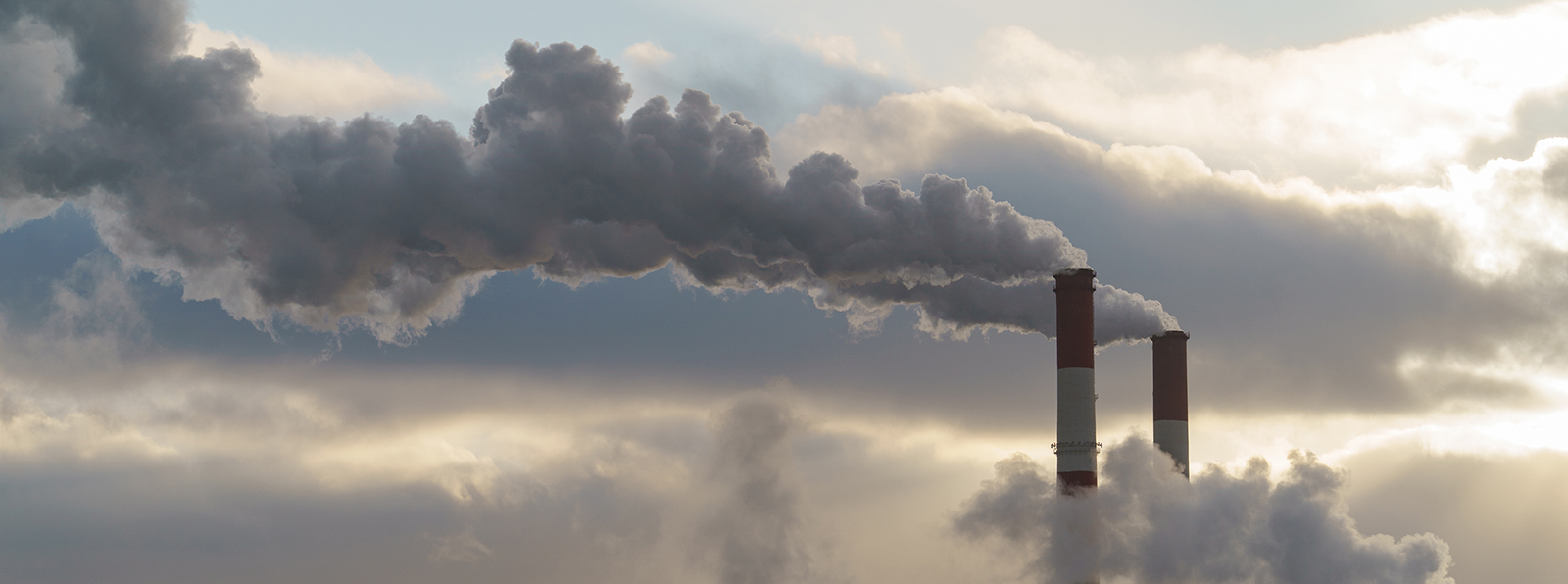Climate Crisis Fuels Unhealthy Southern New England Air
June 13, 2024
Often lost among the myriad problems caused by our relentless burning of fossil fuels is the amount of air pollution being created, in southern New England and around the world.
Only seven countries — the United States isn’t one of them — are meeting an international air quality standard, according to a report published in March by IQAir. Deadly air pollution is worsening worldwide because of a rebound in economic activity since the pandemic and the toxic impact of wildfire smoke, a problem being caused directly and indirectly by the burning of methane, oil, gasoline, diesel, coal, kerosene, and propane.
In this era of intensifying global heating, the planet is experiencing the destructive power of wildfire in previously unimaginable ways. Poor air quality is a major consequence of what Allan Just, an associate professor of epidemiology and environment at Brown University, called the “smoke wave.”
Nearly 45 million Americans live in cities or counties that received a failing grade for air quality, which has deteriorated to its worst level in 25 years across a swath of the United States, in part because of wildfires, according to the American Lung Association’s 2024 State of the Air report.
“I wish we didn’t have to think about it and could take clean air for granted, but air pollution is a driver of ill health,” Just said.
Of the 134 countries and regions surveyed in the IQAir report, only Australia, Estonia, Finland, Grenada, Iceland, Mauritius, and New Zealand are meeting a World Health Organization (WHO) guideline limit for tiny airborne particles spewed by vehicles and industrial manufacturing.
The international report noted most countries are failing to meet the standard for particulate matter (PM2.5), a type of microscopic soot less than the width of a human hair that when inhaled can cause health problems and even death.
Air pollution kills an estimated 7 million people worldwide annually, according to the WHO. Research by the Harvard T.H. Chan School of Public Health found that some 8 million people died in 2018 from fossil fuel pollution.
While this deadly burden is most heavily felt in countries that rely upon particularly dirty fuels for cooking, heating, and power, the ramifications of air pollution can be felt anywhere, including here.
Pollution from particulate matter “presents a serious air quality problem in New England,” according to the Environmental Protection Agency. This pollution is produced by a variety sources, most of them human-made, including power plants, factories, trash incinerators, motor vehicles (especially diesel engines), construction, fireplaces, wood stoves, and outdoor burning.
Harvard University researchers have identified at least 21 different hazardous air pollutants, including benzene, toluene, ethylbenzene, xylene, and hexane, in consumer-grade natural gas supplied to the region.
In 2022, Rhode Island generated 83% of its electricity from methane (natural gas), the second-largest share of any state after Delaware, according to the U.S. Energy Information Administration.
Rhode Island has the highest rate of asthma in the country, with 12.6% of the population suffering from the respiratory condition, according to the Centers for Disease Control and Prevention. In fact, the other five New England states also feature some of the highest asthma rates in the country: Maine (12.5%); New Hampshire (12.1); Vermont (11.8); Massachusetts (11.7); and Connecticut (10.5). The national average is 8.3%.
In Massachusetts, air pollution is responsible for an estimated 2,780 deaths a year and for measurable cognitive loss in Bay State children exposed to PM2.5 in the air they breathe, according to a 2022 study by researchers at Boston College.
The study noted about 95% of air pollution in Massachusetts is generated by the combustion of fossil fuels, with cars, trucks, buses, planes, trains, and ships responsible for two-thirds of those climate-changing emissions.
The 2024 State of the Air report found 39% of people in the United States (some 130 million) still live in places with unhealthy levels of ozone or particle pollution — some 11 million more people breathing unhealthy air compared to last year’s report.
Brown University’s Just noted the federal Clean Air Act has worked well but not for everybody. Our daily exposure to fine particulate matter is decreasing, but not for everyone, according to the environmental epidemiologist. The burden of living with unhealthy air is not shared equally. Low-wealth families and people of color suffer the most.
For instance, some of the worst air quality in Rhode Island can be found in two 02905 neighborhoods: South Providence and Washington Park. South Providence’s population is 90% people of color: 55.8% Latino and 34.2% Black. Washington Park’s population is nearly 61% people of color: 46.9% Latino and 14% Black.
Frontline communities, like those two Providence neighborhoods, bear the burden of environmental degradation and deteriorating public health. These communities, in which people of color are typically the majority, routinely deal with poor air. (They also usually have to deal with poor water quality, toxic industries operating nearby, a lack of green space, and increasing summer heat.)
Despite a resurgence in fouled air, the world’s fossil fuel corporations are on track to nearly quadruple, by the end of this decade, the amount of methane and oil to be extracted from newly approved projects, according to Global Energy Monitor.
The United States, by the way, is leading the way in this shortsighted surge of fossil fuel extraction.
Since the Clean Air Act was signed into law in 1970, emissions of the six most common air pollutants have fallen by 78%, according to the EPA. But experts have warned that the climate crisis is making air quality harder to manage, especially as parts of the country struggle with soaring temperatures, extreme drought, and unprecedented wildfires.
Note: The AirNow tool provides a simple interface for quickly checking current and forecast air quality information for planning daily activities and protecting your health.
Frank Carini can be reached at [email protected]. His opinions don’t reflect those of ecoRI News.




We have to center both climate and justice in our economic development planning to meet our goals. They are inextricably linked. Climate justice is not an add on or side venture on our raod to the economic future, it has to be the main event. if we do not get climate justice economy right, we are unlikely to get anything else right either on this burning up planet flooded planet we ride through the universe.
I don’t know about the rest of you, but my smoke issues begin in May and usually end by December in the form of backyard firepits. I don’t know what these people are burning, but it smells like burning carpet or trash and generates clouds of smoke. I can’t have the windows open or sit in the back yard on weekends during those months because of the stench.
I agree with Jay the backyard fire pits were alright 30 years ago when we lived on a lot of land. I don’t know how our politicians let this happen as a lot of children have asthma.